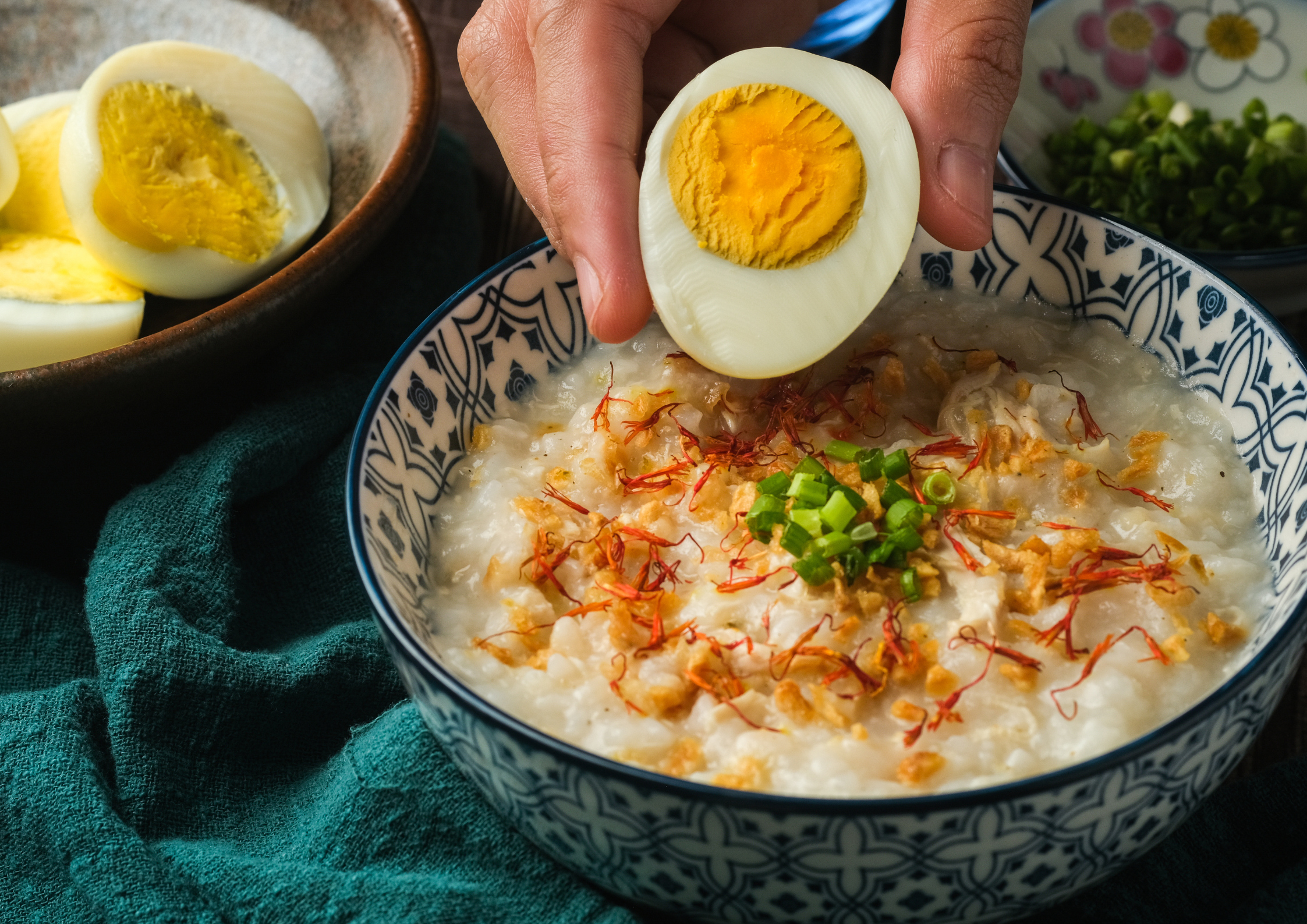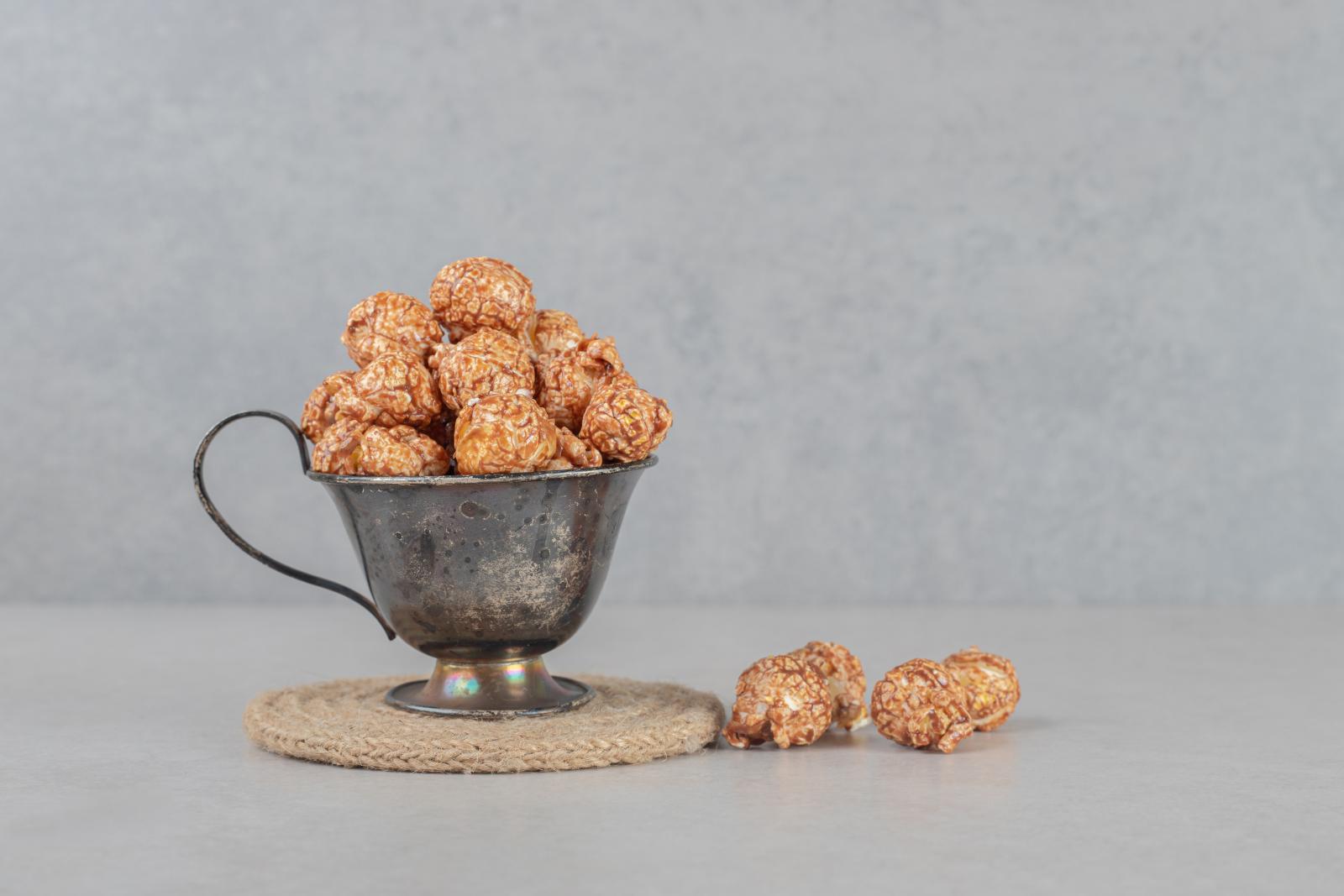Cooking up CARE

Motherhood is about more than just raising children it’s about showing love in many small ways every day. One of the strongest ways mothers care for their families is through food. A home-cooked meal often carries more than just taste; it carries comfort, memories, and love. In this article, we look at how cooking becomes a special part of motherhood, creating bonds and lasting feelings that stay long after the meal is over. In Nepal, motherhood is closely tied to the kitchen, where cooking is not just about filling the stomach but about sharing love, traditions, and ancient wisdom. For generations, Nepali mothers have prepared foods like jaulo (a soft rice and lentil porridge) to heal and strengthen, believing it to be easy on the stomach and full of life-giving energy. Gundruk (fermented leafy greens) is another age-old food, rich in probiotics, made to preserve nutrition for harsh winters. Even simple meals like dhido (a thick, wholesome porridge made from millet or buckwheat) reflect deep knowledge, offering strength and warmth, especially in cold mountain regions. In every dish, there is a story of health, survival, patience, and love passed down through generations. This article explores how Nepali mothers, through food, continue to nurture not just bodies, but also the spirit and wisdom of the past. In many Nepali homes, the kitchen is like a small Ayurvedic clinic, where food is used as the first form of healing. Mothers instinctively know how to balance health through everyday meals. A bowl of jaulo is often given when someone is sick, combining warm rice, lentils, a little ghee, and mild spices to support digestion and recovery, following the ancient Ayurvedic belief that simple, warm foods help kindle the digestive fire (agni). Gundruk, with its natural fermentation, boosts gut health and immunity, reflecting old wisdom about the importance of good digestion. Dhido, made from grains like millet and buckwheat, is rich in minerals and is believed to build stamina and ground the body, especially useful for those living in the hills. Through these foods, Nepali mothers have quietly practiced the essence of Ayurveda — balancing elements like warmth, strength, digestion, and energy — without needing textbooks or clinics. Their hands carry centuries of knowledge, showing that true health starts at home, one meal at a time. How to Make Nepali Recipes Modern Yet Connected to Their Roots — and Keep Them as Everyday Medicine. Modernizing Nepali recipes doesn’t mean forgetting tradition. It means respecting the soul of the dish while making it a little lighter, quicker, and sometimes more playful for today’s kitchens. The key is to stay connected to why our ancestors cooked these foods, not just for taste, but also for healing, warmth, and strength. To keep that connection strong, we can use easy, affordable home ingredients the same simple spices and foods found in every Nepali kitchen:• Turmeric (besar) – natural anti-inflammatory and immune booster • Cumin (jeera) – improves digestion and balances the stomach • Ginger (aduwa) – warms the body and fights colds • Garlic (lasun) – strengthens immunity and reduces inflammation • Fenugreek seeds (methi) – helps with digestion and balances blood sugar • Coriander seeds and leaves (dhaniya) – cooling and calming for the body • Timur (Nepali Sichuan pepper) – stimulates digestion and clears the sinuses • Mustard oil (tori ko tel) – warming, antibacterial, and deep-rooted in Nepali cooking • Buckwheat flour (phapar) – rich in fiber and minerals, perfect for energy and gut health Example: How to Modernize but Stay Rooted • Instead of slow-cooked heavy jaulo, make a light turmeric-infused quinoa jaulo with a sprinkle of roasted jeera powder — faster, still soothing, but now lighter and richer in protein. • Instead of deep-fried snacks, create air-fried or oven-baked sel roti chips flavored with a hint of cardamom and cinnamon, keeping the memory alive but easy for modern health needs. • Turn old gundruk soup into a gundruk and millet grain bowl, tossed lightly with local herbs and a cumin-lemon dressing — perfect for city life but still packed with the same old probiotics and nutrition. The Spirit Behind It. Nepali cooking is not just about the plate. It's about using food as natural medicine, using what’s seasonal, what’s affordable, and what heals the body and mind. Keeping recipes rooted means keeping their intention — to balance, to nourish, and to connect — even if we make them a little lighter, faster, or more colorful today. Foods That Nourish a Mother's Health in Nepali Homes. Mothers give so much of themselves every day, and food plays an important role in keeping them strong, energetic, and emotionally balanced. In traditional Nepali homes, certain foods have always been known to support a mother’s body, mind, and recovery after childbirth or during times of exhaustion. Here are some everyday Nepali foods that nourish a mother's health: • Gudpak (a rich sweet made of khuwa, ghee, nuts, and spices) – strengthens the body, supports recovery after childbirth, and gives lasting energy. • Thukpa (noodle soup with vegetables and sometimes meat) – comforting, easy to digest, and full of warmth and hydration. • Kwati (mixed sprouted bean soup) – packed with protein, iron, and fiber to boost energy and blood strength. • Gundruk ko Jhol (fermented leafy soup) improves gut health, digestion, and provides natural probiotics. • Til ko Laddu (sesame seed sweets) – rich in calcium and healthy fats, supporting bone strength and hormonal balance. • Aduwa, Besar ra Lasun ko Jhol (ginger, turmeric, and garlic broth) – natural antibiotic, helps fight fatigue, inflammation, and body aches. • Phapar ko Dhido (buckwheat porridge) is high in minerals, fiber, and perfect for stamina, especially during winters. • Mas ko Dal (black gram lentil soup) – excellent for rebuilding strength and keeping joints healthy. Why These Foods Matter. In old Nepali wisdom, food for mothers was never heavy or complicated. It was about giving strength, warmth, blood health, good digestion, and peace of mind. Every ingredient had a reason — whether to build back after childbirth, protect against the cold, or simply to refill the endless energy mothers give away every day. Here’s a simple one-day meal plan based on Nepali home food, designed to nourish a mother's health — keeping tradition, ease, and Ayurvedic balance in mind: The Deep Connection Between Motherhood, Food, and Health The food a mother consumes is not just about filling the stomach, but about nourishing her body, mind, and spirit. In every meal, there lies an opportunity to fortify her health, to support her energy, and to ensure long-term vitality. For a mother, food is medicine — it helps heal from the physical demands of pregnancy, childbirth, and the daily. physical and emotional work of motherhood. In the long run, what a mother eats directly impacts her mental clarity, emotional stability, immunity, and overall wellness. Ayurveda teaches us that food is one of the strongest ways to maintain health and prevent disease. The concept of sattvic (pure) food — fresh, wholesome, and balanced — is at the heart of Ayurvedic healing. When mothers eat foods that are aligned with nature’s rhythms and support their body’s natural processes, they not only heal themselves but also help balance their environment, leading to long-term health and well-being. Ultimately, the nourishment mothers receive from the foods they prepare and consume is crucial not only for their health but for the well-being of their families. By understanding and honoring the medicinal power of food, Nepali mothers continue to pass on more than just recipes — they pass on a legacy of health, love, and wisdom

MORNING • Warm Aduwa-BesarLasun Water (GingerTurmeric-Garlic water) [Gently detoxifies, warms the body, boosts immunity.] BREAKFAST • Phapar ko Dhido (light buckwheat porridge) with a small spoon of gheu (ghee) • Chiya (light tea) with a pinch of timur (Sichuan pepper) for energy and digestion support. MID-MORNING SNACK • Til ko Laddu (sesame energy ball) [Rich in calcium and good fats for bone and hormone health.] LUNCH • Mas ko Dal (black lentil soup) • Brown rice or kodo (millet) rice • Seasonal green saag (spinach or mustard greens) lightly sautéed in mustard oil with methi (fenugreek seeds). • Tomato achar (fermented or fresh) for extra probiotics and vitamin C. AFTERNOON SNACK • A small bowl of Kwati (sprouted bean soup) with cumin and ginger. [Protein-packed and easy to digest, energizes tired bodies.] DINNER • Thukpa (warm noodle soup) with plenty of vegetables, a little chicken or egg if needed. • Add turmeric, cumin, coriander, and a small dash of timur for flavor and digestion. Before Bed • A warm glass of milk infused with a pinch of turmeric and nutmeg (jaiphal) for restful sleep and body recovery. TINY NOTES TO REMEMBER: • Keep the food warm, light, and nourishing — not too heavy, oily, or fried. • Add a little ghee here and there, it strengthens joints, hormones, and digestion. • Use seasonal and local vegetables — they carry the best healing energy according to Ayurveda.

INGREDIENTS: • 1/4 cup split yellow mung dal (lentils) • 1/4 cup basmati rice (or quinoa for a gluten-free option) • 1 tbsp ghee (gheu) • 1/2 tsp cumin seeds • 1/4 tsp turmeric powder (besar) • 1/4 tsp ginger powder (or fresh ginger, finely grated) • 1/4 tsp coriander powder • 1/4 tsp fennel seeds (optional, for soothing digestion) • 4 cups water (or vegetable broth for added flavor) • Salt to taste (preferably rock salt or Himalayan pink salt) • Fresh cilantro (coriander) leaves for garnish (optional) Instructions: • Rinse the Rice and Dal: Wash the rice and mung dal together under cold water until the water runs clear. This helps remove excess starch and improves digestion. • Prepare the Kitchari: In a medium-sized pot, heat 1 tablespoon ghee over medium heat. - Add cumin seeds and let them sizzle for about 30 seconds. This releases their natural flavor. - Add ginger powder, turmeric powder, coriander powder, and fennel seeds (if using). Stir for about 1 minute to release the aroma of the spices. • Cook the Rice and Dal: - Add the rinsed rice and mung dal to the pot. Stir for a minute to coat the grains and lentils with the spices. - Pour in the 4 cups of water (or vegetable broth for more flavor) and bring it to a boil. - Reduce the heat to a simmer and cook for 25-30 minutes, or until the rice and dal are soft and well-cooked. Stir occasionally to prevent sticking. • Season: - Add salt to taste and stir the kitchari. - If you like, garnish with fresh cilantro leaves to add a refreshing flavor. • Serve: Serve warm. You can enjoy this dish as a complete meal or pair it with a side of steamed vegetables for extra nourishment.

INGREDIENTS: • 1 cup milk (or plant-based milk like almond or oat milk) • 1/2 tsp turmeric powder (besar) • 1/4 tsp black pepper (optional, enhances turmeric absorption) • 1/2 tsp ghee (gheu) (optional but highly beneficial for digestion) • 1/4 tsp cinnamon powder (optional, adds warmth and balance) • 1-2 tsp honey (optional, for sweetness) Instructions: • In a small saucepan, add the milk and gently heat over mediumlow heat. • Add the turmeric powder, black pepper, and cinnamon powder (if using) to the milk, stirring well to mix. • Once the milk is warm (not boiling), add the ghee and stir. Ghee adds richness and helps balance the digestive fire. • Let it simmer for 3-4 minutes. If you’re using honey, add it after removing the milk from heat to preserve its natural benefits. • Pour into a cup and enjoy warm.


